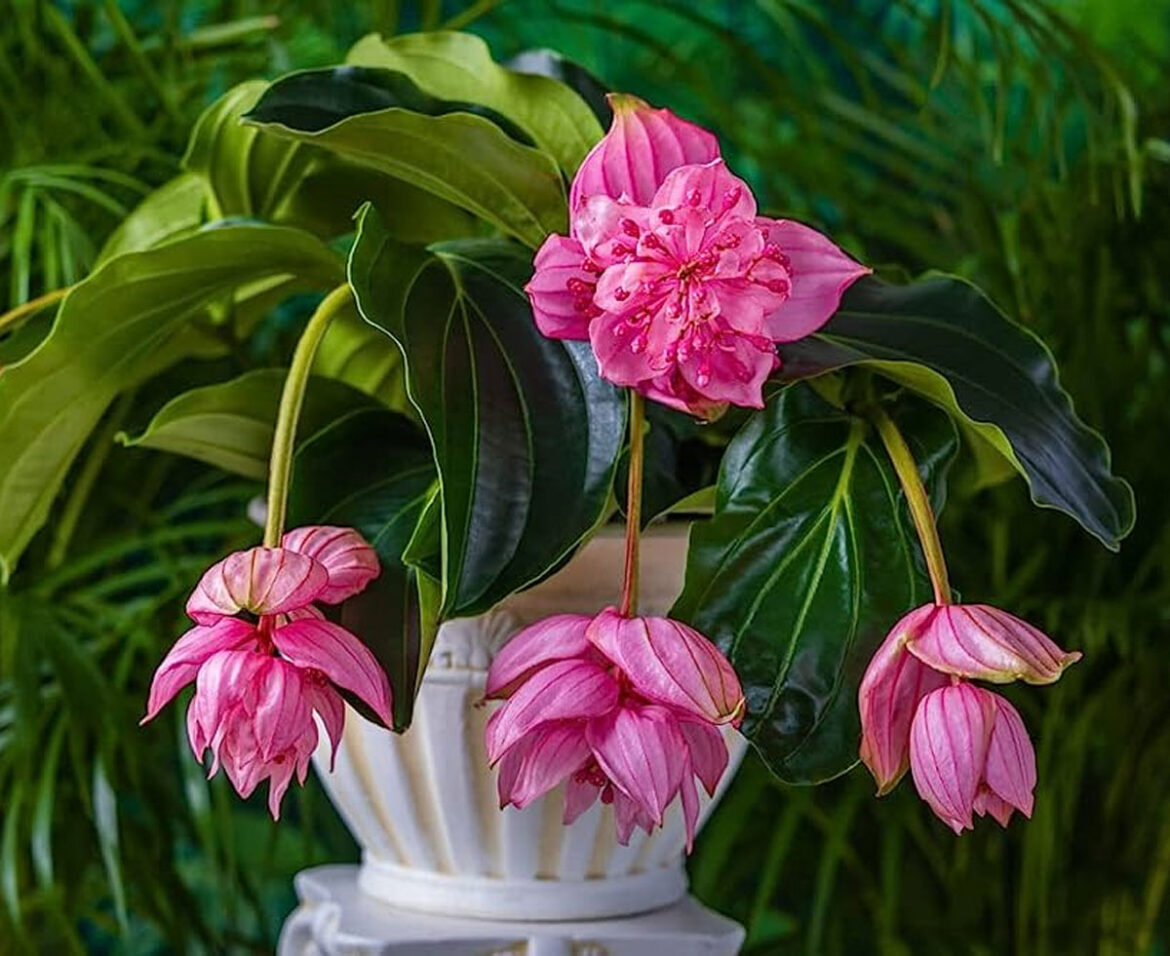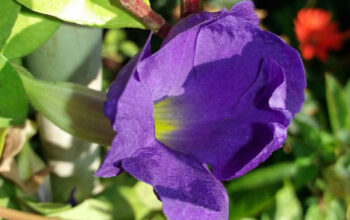Medinilla Magnifica Plant (Rose Grape)
A flowering plant native to the Philippines, Medinilla magnifica is a species of the family Melastomataceae whose name means showy medinilla or rose grape. Medinilla magnifica (Rose Grape) is an epiphyte. This family contains a variety of species and hybrids well known to plant collectors. One species found to be almost identical to Medinilla speciosa is Medinilla speciosa. Growing up to 3 meters tall, its opposite, leathery leaves, which are ovate in shape and short, are 20-30 cm long. Approximately 50 cm long, panicles of pink bracts surround the flowers. The small, pink, red, or violet colored flowers of the plant measure up to 25 millimeters in diameter. Its berries are violet-colored, fleshy, and about 1 centimeter across.
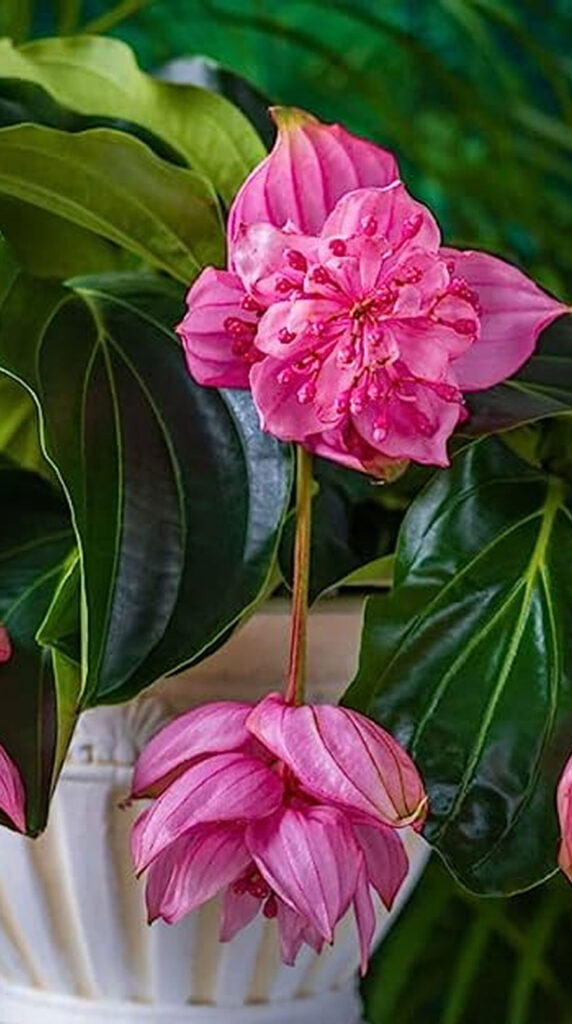
How to Grow and Care Medinilla Magnifica Plant
It takes a long time for the medinilla to bloom. Usually, plants bloom for three months, but some will bloom for as long as six months. Due to their humidity requirements, Medinilla plants make better patio or greenhouse specimens than houseplants. You can boost your Medinilla’s vigour by placing it outdoors in a partially sunny spot during the summer. Medinillas also attract birds, bees, and butterflies, so they are an excellent choice for growing outdoors.
In the rainforest, the plant can grow epiphytically, which means it grows on trees or shrubs instead of on the ground. Medinillas share the same environment as their host plants but do not act as parasites, taking nutrients from them or harming them.
To grow orchids as potted specimens, use commercial planting mediums that resemble chunky bark. By doing so, air can circulate around the roots, preventing root diseases. A medinilla specimen can also benefit from an orchid pot with additional ventilation holes. If grown in well-drained soil in an appropriate climate, Medinilla plants can also be grown outside.
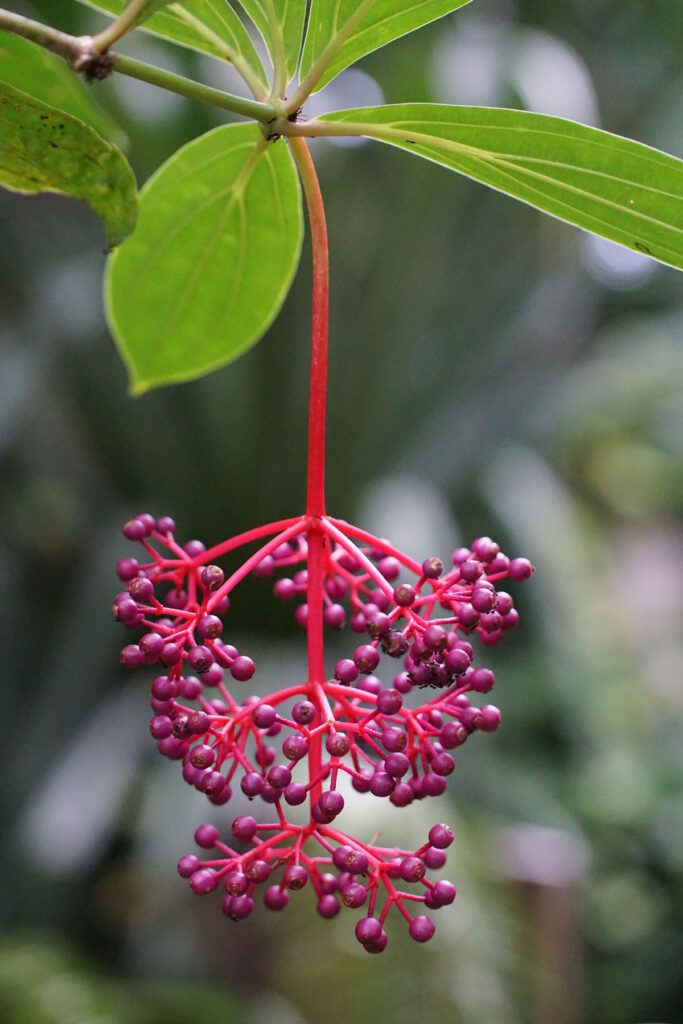
Growing from seeds:
The seed package instructions must be followed when growing Medinilla. Put the container in a warm area once you’ve planted the seeds. Keep an eye on the soil surface daily to ensure that it hasn’t dried out. A humidity dome may be an option that many growers consider when setting up their seedling trays.
In order to propagate medicilla seeds, patience is required, as it can take several weeks for the seeds to germinate. Ideally, the tray should be located where it receives a great deal of indirect sunlight. By the end of about 12 weeks, most Medinilla seeds should have germinated. Be sure to water the seedlings until they have developed several sets of true leaves.
Sunlight:
A dappled shade environment is ideal for all Medinilla species. Under excessive heat or low saturation, the leaves of its juvenile stage will brown over and curl, especially when in direct sunlight. Keep the leaves hydrated and dust levels low by rinsing the foliage down occasionally.
Soil
Medinillas thrive in potting soil that has a little peat moss mixed in; the slightly acidic soil conditions offered by peat moss are ideal. The pH of the soil can also be adjusted by using a diluted acidifying fertilizer.
Watering
It is not necessary to water Medinilla often, just thoroughly once a week since it is a succulent. Maintain consistent moisture but not to the point of sogginess. A misting of water is often appreciated by it, especially in the dry winter months. You will probably need to run a humidifier in the home when the climate becomes cold during winter months when you have Medinillas as houseplants.
Temperature and Humidity
Warm temperatures are necessary for the growth of this tropical plant. Although Medinillas don’t require triple-digit temperatures, they do prefer temperatures between 70 and 75 degrees Fahrenheit for optimal growth. Yellowing or leaf drop may result from temperatures below 50 degrees. 60 to 70 degrees Fahrenheit during winter induces the plant’s natural winter dormancy and prompts bud formation during late winter. A greenhouse environment is the best for growing Medinilla; it is strongly tolerant of humid conditions.
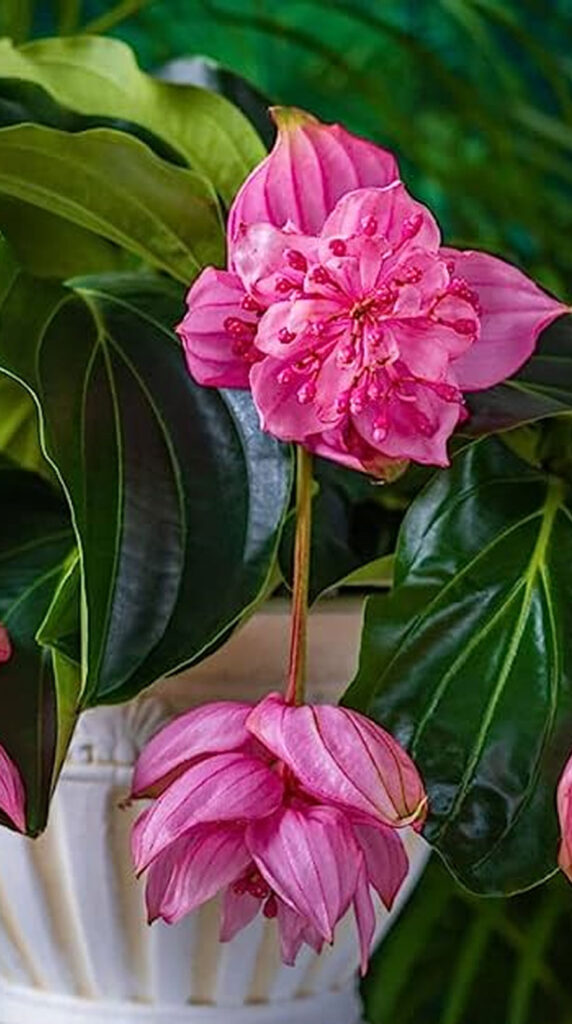
Fertilizer
Medinillas require light feeding, and an excess of nitrogen will increase foliage at the expense of flowers. By supplying plants with liquid compost occasionally, you can ensure the soil’s pH is at an optimal level and provide the plants with all the nutrients they need.
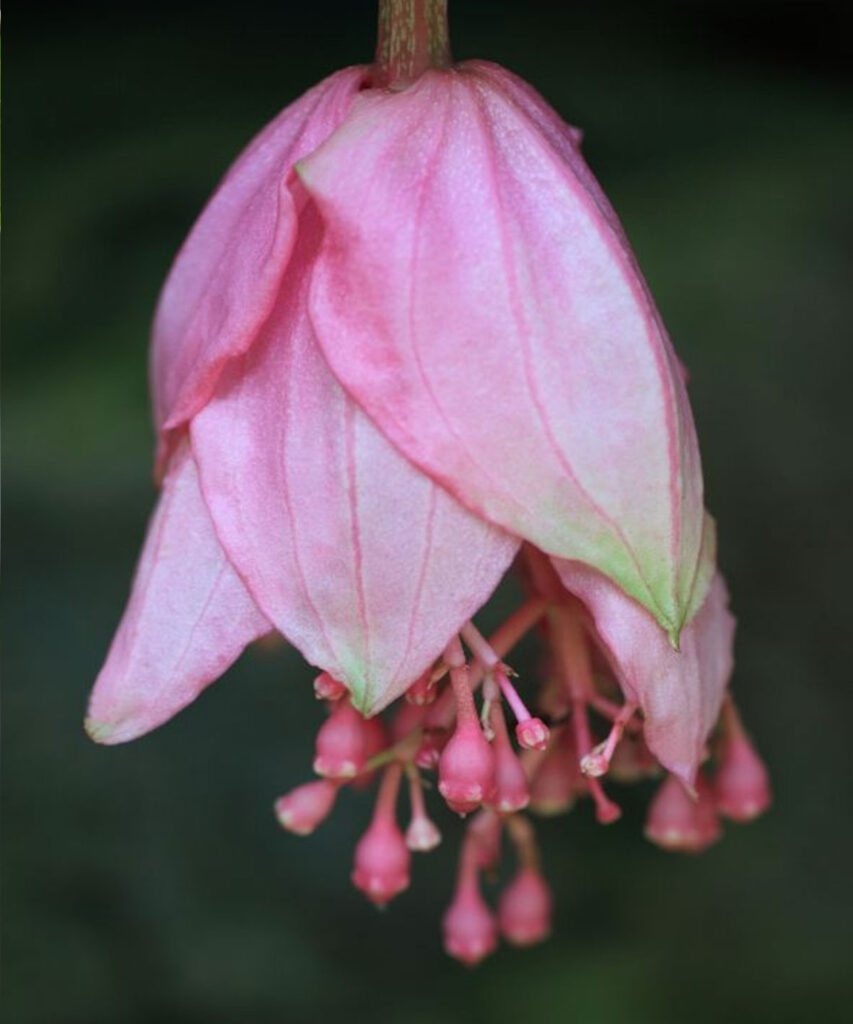
Read also
How to grow and care Coreopsis, Growing Tickseed. Jade Plant growing indoors. Know how to grow Pansy flowers. Onion growing in containers. Growing Black peppers in containers. Sabudana Vada recipe easy recipe. Cantaloupe’s growing and caring tips. Oregano growing guide. Bleeding hearts flowers growing tips. Poppies growing and care tips. Coriander Growing and care in containers.
For pin:

